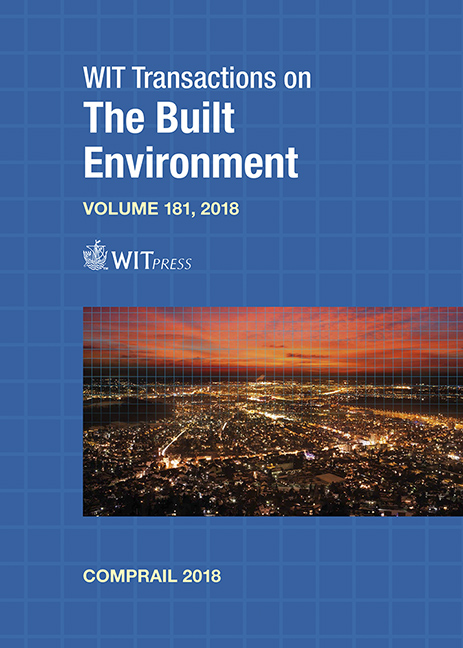TRANSIENT STABILITY OF A ROTARY FREQUENCY CONVERTER FED RAILWAYINTERCONNECTED WITH A PARALLEL LOW FREQUENCY HIGH VOLTAGE TRANSMISSION SYSTEM
Price
Free (open access)
Transaction
Volume
181
Pages
10
Page Range
15 - 24
Published
2018
Size
296 kb
Paper DOI
10.2495/CR180021
Copyright
WIT Press
Author(s)
JOHN LAURY, MATH BOLLEN, LARS ABRAHAMSSON
Abstract
Using low frequency High Voltage Transmission systems (HV-T) in parallel with the catenary system strengthens the railway system by reducing the total impedance of the railway grid. A consequence of the reduced impedance is that converter stations are electrically closer to each other. Inside a converter station, different types of Rotary Frequency Converters (RFCs) are used. It is not well explored how different RFCs behaves and interacts with each other during and after a large disturbance, like a short circuit. The dynamics of an RFC are modelled by using the Anderson–Fouad model of a synchronous machine. The study presented in this paper investigates interactions inside and between converter stations, with different types of RFC, for an HV-T system in parallel with a Booster Transformer catenary system. The numerical simulation results show, for instance, that the main power oscillation take place inside a converter station with mixed configuration of RFC type after fault clearance.
Keywords
railway, low frequency, 16 (2/3) Hz, transient stability, rotary frequency converter, RFC, high voltage transmission, BT, power oscillations, synchronous





